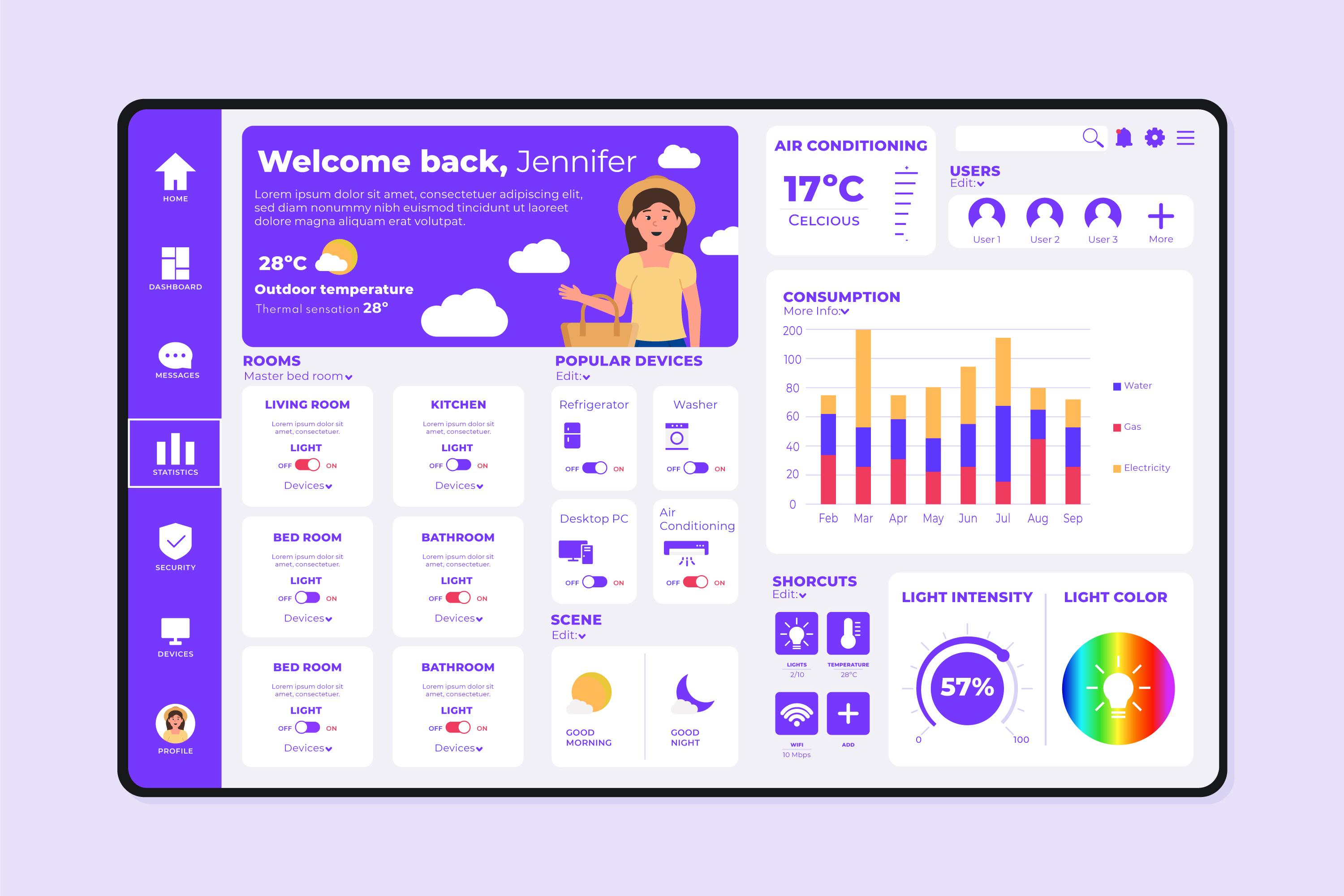Affiliate marketing: Build ad campaigns with real time controls
Affiliate marketing is a performance model where a partner promotes an offer and earns a commission only when a goal is met, for example a click, lead, or sale. It works because payouts align with results, and modern affiliate software tracks those results in real time data on those results.

You match an audience with a useful offer, then you earn a commission when the user acts. The model scales because you control risk and decide the budget. Today, better tracking, faster payouts, and cleaner policies make affiliate marketing more stable for both brands and partners. You also get sharper controls from tools like virtual cards, which keep ad spend tidy across campaigns. Affiliate marketing is still a pay-for-results model.
Which industries lead affiliate marketing in 2025?
Affiliate marketing thrives in a few standout verticals because the model pairs measurable intent with scalable content.
E-commerce
Online retailers lean on reviews, influencer content, social media ads and coupon distribution to drive qualified traffic and purchases. These formats match shopper intent and convert well on product pages. Brands also rely on affiliate software to sync inventory feeds with their social media ads campaigns, ensuring accurate promotions and discounts.
SaaS
Software providers partner with tech bloggers and niche experts to explain use cases, compare tools, and push trials or paid plans. Affiliate software integrations add trust for complex or recurring purchases and help partners present real time data proof. For SaaS teams, linking social media ads to free-trial offers can build quick traction, while affiliate software ensures proper attribution.
Travel
Airlines, hotels, and OTAs work with creators to inspire trip planning, then route users to bookable deals and packages. Visual content and timely offers especially when boosted by social media, do much of the heavy lifting. Travel brands increasingly experiment with social media ads that feature limited-time packages, tracked seamlessly with affiliate software.
How does affiliate software support growth?
Affiliate software supports growth by tracking clicks, conversions, and payouts in real time data.
A solid platform handles link creation, fraud checks, and flexible attribution rules. It should unify multiple traffic sources and give you real time data on what works. The best tools also show cohort trends, so you can find pockets of profit fast. When combined with social media ads, affiliate software helps you test creative angles faster.
What to expect from your stack (real time data)
- Live click and conversion logs, with filters by geo and device
- Postback and API options for fast syncing with ad platforms
- Simple dashboards that surface winners without spreadsheet work
How do you pick traffic sources that convert?

Your results depend on picking traffic sources that match user intent. Search ads bring in high-intent users, while social media ads work well for discovery. Forums, newsletters, and comparison sites help with higher-consideration items.
Start with channels you know, then test one new channel monthly. Rely on real time data to measure each source, not guesswork.
A quick way to score a source (traffic sources)
- Intent strength, clear need vs casual browse
- Creative fit, can you show value fast
- Cost to test, can you learn in a week without big risk

Perfect Card for running ads!

Why does real time tracking matter?
Real time tracking matters because budgets move fast and losses compound.
If a link breaks or a page slows down, every minute costs money. Seeing real time alerts lets you pause losers, fix pages, or swap angles before a bad hour becomes a bad day. Real time data also helps you raise budgets on winners while they are hot.
Signals you should watch right now
- Click-to-landing page drop, sudden spikes point to page issues
- Conversion rate by device, mobile gaps often hint at form friction
- Payout changes, lowered rates call for a quick test on new offers
What 2025 trends should affiliates act on?
Four shifts matter most right now: real-time tracking and fraud controls, social media as a core engine for traffic sources, practical AI, and mobile-first execution.
Real-time data and fraud prevention
Modern affiliate software pushes real time data on clicks, leads, and sales, so you can fix links, pause weak angles, or scale winners fast. The same tools use ML to flag click-spam and fake leads, which protects budgets and partner trust.
Social media & traffic sources
Social media advertising sits at the centre of discovery. TikTok and Instagram now support direct product linking, and platforms report which social media ads placements convert best, so you can shift spend to the right traffic sources quickly.
AI optimization
AI helps you spot high-performing affiliates, predict product-audience fit, and even draft product blurbs or post copy. Treat it as assistive, then validate with split tests.
Mobile-first management
Dashboards and workflows are now mobile-friendly, which means you can check pacing, swap links, and approve payouts on the go without losing real time data.
How do you build an affiliate marketing tech stack?
You build a stack that tracks events, manages links, and syncs spend.
The basics include conversion tracking, affiliate software, a link shortener, a landing-page builder, and a payment method that keeps campaigns running. Add heatmaps and session replays for UX fixes. For finance control, consider issuing a dedicated virtual card per social media ads platform or campaign.
Two stacks to copy
- Lean solo, tracker + page builder + one ad account + one wallet
- Scaling team, tracker + page builder + multiple ad accounts + card-per-campaign + export to your ledger
What mistakes should beginners avoid?
Beginners should avoid scaling before they learn unit economics.
Do not assume a broad audience fits every offer. Do not run on one payment method across all campaigns. Do not ignore page speed or mobile forms. Most losses come from poor fit, poor pages, or poor controls, not from “bad luck” in affiliate marketing.
A quick pre-launch list
- Offer matches user intent on the chosen channel
- Page loads in under 3 seconds on mid-range phones
- Budget cap set with alerts for hour-by-hour spend
How do you scale affiliate marketing safely?
You scale by cloning what works and limiting risk per experiment.
Once an angle works, expand geos and formats. Clone winning pages and adapt headlines. Raise budgets by 20–30 percent steps, not jumps. Keep “one failure, one card, one account” as a rule so a single problem never takes your whole setup down.
Controls that protect margins
- Per-campaign caps with daily limits
- Alerts on first charge, spikes, and decline clusters
- Card lock to one platform to stop off-policy spend
How do payments and budgeting affect affiliate marketing?
Payments and budgeting affect affiliate marketing by keeping campaigns live and reports clean.
Clean payment flows avoid pauses, and clean logs make your weekly review fast. Use a clear naming scheme for cards and campaigns. Export spend with tags for offer, geo, and channel. When payments are reliable, you test more and find winners sooner.
One-week review habit
- Winners: scale with a small budget raise
- Break-even: change angle or audience
- Losers: pause, fix, or drop and move on
Where does Bycard help affiliates run smoother?

Bycard helps affiliates keep campaigns funded and data clean.
Issue an instant virtual card for each platform or offer. Lock the card to that platform. Set daily and monthly caps. Turn on real time data alerts. Export clean logs for your tracker and ledger. If a payment fails, swap to a backup card in seconds so delivery does not stop.
A simple Bycard setup you can copy
- Exports, weekly CSV for reconciliation
- Card name, Platform-Offer-Geo
- Limit, weekly budget plus a small buffer
- Alerts, first charge and amount spikes
Conclusion
Affiliate marketing still rewards focus and discipline. You pick an offer that fits your audience. You build fast, clear pages. You test steady, not wild. You track with affiliate software so you see winners early. And you protect the budget with tight controls. Combining social media ads with the right affiliate software creates a growth loop that drives long-term profits. That is how you grow without chaos.
When payments stay smooth, testing never stalls. That is why many teams pair their stack with Bycard. One card per platform. Caps that match the plan. Real time data alerts. Clean exports. Fewer surprises, more learning, and a calmer weekly review.







